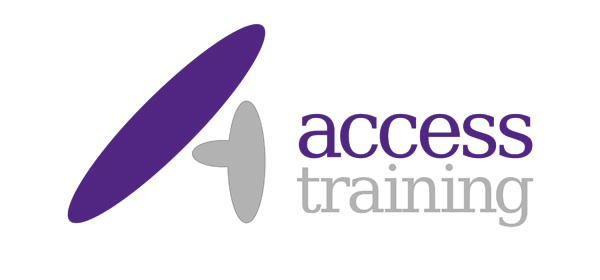About the course
The Implementing Cisco Advanced Call Control and Mobility Services (CLACCM) v1.0 course covers advanced call control and mobility services. You will learn how to use Cisco® Unified Communications Manager features to consolidate your communications infrastructure into a scalable, portable, and secure collaboration solution.
Through a combination of lessons and hands-on experiences, you will also learn about a wealth of other features such as Globalized Call Routing, Global Dial Plan Replication, Cisco Unified Mobility, Cisco Extension Mobility, Device Mobility, Session Initiation Protocol Uniform Resourc Identifier (SIP/ URI) call routing, Call Admission Control, Cisco Unified Communications Manager Express and Survivable Remote Site Telephony (SRST) gateway technologies, Cisco Unified Board Element Call deployments, signaling and media protocols, call coverage, and time of day routing.
This course prepares you for the 300-815 Implementing Cisco Advanced Call Control and Mobility Services (CLACCM) exam.
Audience Profile
- Network administrator
- Network architect
- Network designer
- Network engineer
- Network manager

